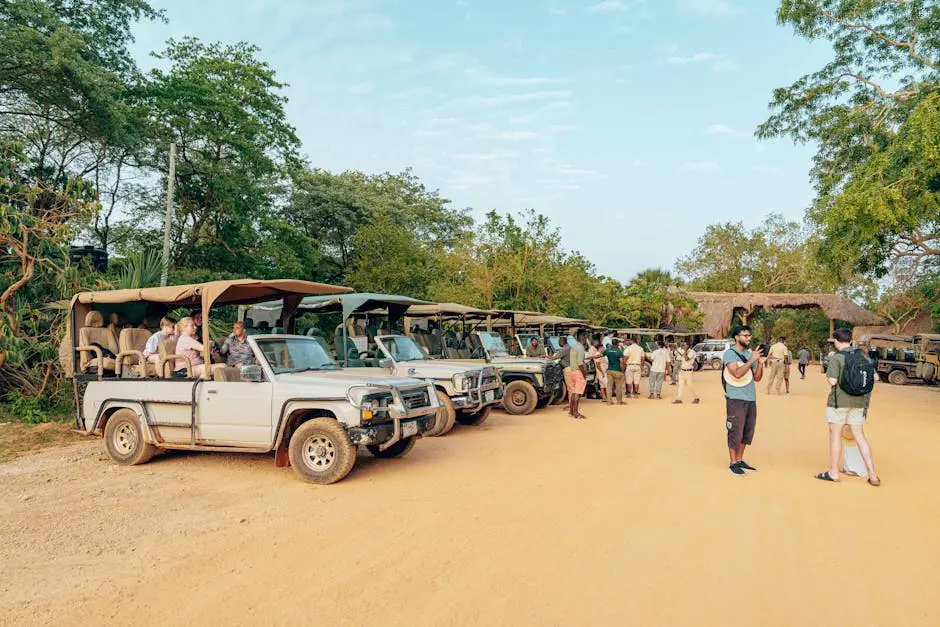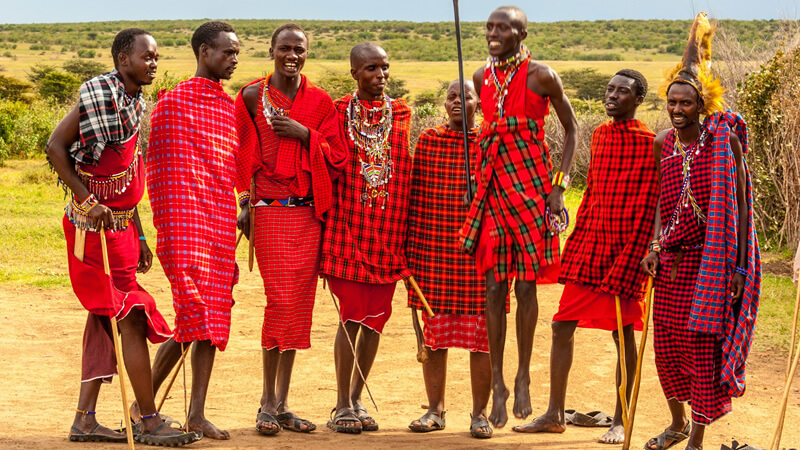Choosing the right safari vehicle can make or break your wildlife adventure. With various options available, it’s essential to understand what each vehicle offers to ensure you have the best experience possible. Let’s break down the steps to help you select the perfect safari vehicle.
Step 1: Determine Your Safari Style
Consider whether you prefer a self-drive experience or a guided tour, as this will influence your choice of vehicle.
Your safari style sets the tone for the entire journey. For instance, a self-drive safari gives you the freedom to explore at your own pace, but it also requires confidence behind the wheel. On the other hand, a guided tour allows for a more relaxed experience where your guide can provide insights and handle all the driving.
It’s important to think about what excites you most: is it the thrill of spotting wildlife on your own, or the expertise of a local guide who knows all the best spots? Understanding this will help narrow down your vehicle choices significantly.
Step 2: Know Your Group Size
Assess how many people will be traveling with you. Larger groups may require more spacious vehicles.
Grouping can significantly affect your safari experience. If you’re traveling with family or friends, ensure the vehicle has enough room for everyone to enjoy the view comfortably. A cramped vehicle can lead to a less than stellar experience, especially during long drives.
On the other hand, if you are solo or part of a small group, you might opt for a more compact vehicle that is easier to maneuver in tight spots or rugged terrain. This could enhance your ability to see animals up close, lending itself to a more intimate experience.
Step 3: Explore Vehicle Options
Research different vehicle types, such as open-sided 4x4s, closed vehicles, or vans, and their advantages for wildlife viewing.
Each vehicle type offers unique benefits. Open-sided 4x4s allow for unobstructed views and greater wind-in-your-hair excitement, making them ideal for wildlife photography. In contrast, closed vehicles may provide better protection from the elements and give a sense of security.
If your goal is to capture stunning wildlife moments, prioritize vehicles that enhance visibility. Some newer models provide features such as pop-up roofs, which can elevate your vantage point for those perfect shots.
Step 4: Consider Comfort and Amenities
Look for features such as comfortable seating, shade, and amenities that enhance your safari experience.
Comfort is paramount during safari excursions. Long hours in a vehicle can quickly become tiresome without adequate seating and legroom. Investigate vehicles that offer cushioned seats, air conditioning, and ample space for a more pleasant journey.
Additionally, consider amenities such as built-in coolers or storage for snacks and water. Staying hydrated and fed is a must, especially in warmer climates. The goal is to keep your energy up and spirit high while navigating through breathtaking landscapes.
Step 5: Budget Wisely
Evaluate your budget and compare costs across different providers to find a vehicle that suits your financial plan while ensuring a great experience.
Budgeting for your safari vehicle can seem daunting, but having a clear financial plan can alleviate stress. It’s advisable to include not just the rental price but also fuel, insurance, and potentially even fees for park entry or guides.
Remember, while saving money is important, compromising on quality or safety can lead to regrets later. Make sure to read reviews and look for reputable operators who deliver value for your money.
Conclusion
By considering the type of safari experience you desire, the group size, and your budget, you can confidently choose the right vehicle for your trip. Happy safari planning!




